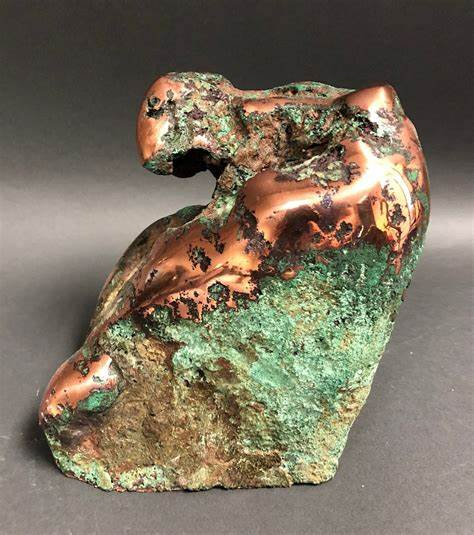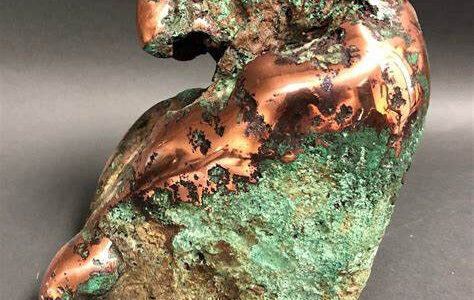
Delve into the fascinating world of copper – a metal of versatility and history that resides not only in your household but in the very essence of human civilization. From its distinctive reddish hue to its crucial role in technological advancements, join me as we uncover 10 intriguing facts about this elemental wonder.
10 Copper Facts
• Copper stands out with its unique reddish-metallic hue, a rarity among the elements. Only gold, with its yellowish color, shares this distinction among non-silvery metals. When copper meets gold, it crafts the captivating tones of red gold or rose gold, showcasing the artistry of alloys.
• Among the earliest metals manipulated by humans, copper, along with gold and meteoritic iron, emerged due to their existence in a pure state in nature. Dating back over 10,000 years, copper’s legacy is evident; Otzi the Iceman, traced to 3300 BCE, wielded an axe made from nearly pure copper. His exposure to arsenic, found in high levels in his hair, hints at his potential connection to copper smelting.
• Vital to human nutrition, copper plays a crucial role in blood cell formation and is abundant in various foods and water sources. From leafy greens to grains and potatoes, these copper-rich foods hold the key to health. Yet, an excess of this essential mineral might paint an unhealthy picture, leading to jaundice, anemia, and even the curious blue tint of diarrhea!
• A master of alliances, copper effortlessly blends with other metals, birthing numerous alloys. From the well-known brass (copper and zinc) to the enduring bronze (copper and tin), the world of copper alloys boasts a vast spectrum of possibilities.
• Harnessing natural antibacterial properties, copper, in its brass form, safeguards public health by gracing door handles in buildings, impeding the spread of diseases. Its toxicity to invertebrates renders it a formidable weapon against marine invaders, employed on ship hulls to deter mussels and barnacles while reigning in algae growth.
• Embodying the finest traits of transition metals, copper is a versatile entity—soft, malleable, ductile, and a champion conductor of heat and electricity. Despite its eventual transformation into verdigris, the green copper oxide, seen on the Statue of Liberty, this metal stands resilient against corrosion, leaving an indelible mark on iconic structures.
• Standing tall in industrial utility, copper claims its place behind iron and aluminum, gracing us with its presence in wiring, plumbing, electronics, construction, cookware, coins, and an array of products. Surprisingly, it’s not chlorine but copper in water that turns hair green in swimming pools.
• Revealing its duality through two oxidation states, copper dons varied properties. Distinguishable by the hues of their flame when heated, copper(I) casts a serene blue, while copper(II) ignites a vibrant green. This color difference in the flames is a distinct way to identify and differentiate between these two forms of copper.
• A testament to sustainability, nearly 80 percent of mined copper remains in use, a fully recyclable resource. Abundant in the Earth’s crust and seeping into seawater, copper’s origins trace back to exploding white dwarfs and colossal stars, shaping our planet’s riches long before our solar system formed.
• Master of compounds, copper effortlessly forms simple binary compounds like oxide and sulfide, along with intricate complexes and organometallic compounds, illuminating the realm of chemical possibilities.

